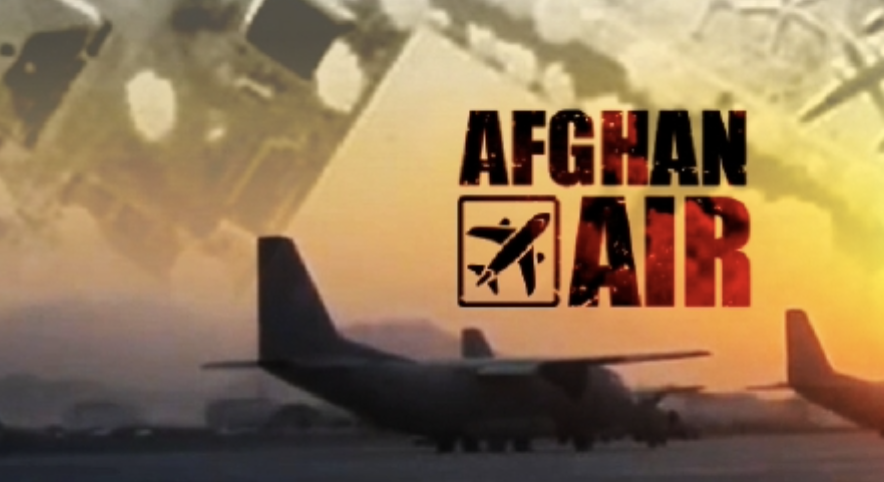
The following is a transcript from a report that aired on Full Measure with Sharyl Attkisson on in 2016. Click the link below to watch the video.
July 10, 2016 — Sometimes taxpayer waste is so large and rampant, you can stumble across it without even trying.
In one of our favorite reports of outrageous waste, the Special Inspector General for Afghanistan Reconstruction, literally stumbled upon a fleet of abandoned military planes. His questions took him down the rabbit hole where hundreds of millions of your tax dollars were spent on a giant boondoggle that turned out to be worthless.
Anyone flying through Kabul International Airport in Afghanistan’s capital city the past couple of years, might have seen this odd scene: a fleet of abandoned military planes parked off to the side.
John Sopko, Special Inspector General, Afghanistan Reconstruction: We actually asked the question, ‘What are those airplanes?’ Because you would see them right next to the main terminal in Kabul. They were all jumbled together with trees and grass growing in between them.
Inspector General John Sopko saw the planes on a trip to Afghanistan in November of 2013 to investigate waste of U.S. tax dollars. Nobody seemed eager to answer his questions, so he took matters in his own hands.
Sopko: I basically threatened to just walk across the tarmac and said, ‘If you’re gonna arrest me do it, but I’m certain it will be front page New York Times.’ So my staff and I went over there and then they briefed us on it and told us the story.
The story wasn’t pretty. John Michel, Commanding General for NATO Air Training Command in Afghanistan, explained the U.S. had bought 20 of the Italian-built G-222’s in 2008.
Sopko: It’s what we call the G-triple-2. It was a two engine cargo aircraft that we purchased for the Afghan Air Force. Cost approximately $400 million. But with the total package of parts, spare parts and whatever, it probably is going to be closer to $600 million when we finally do an accounting for it.
Despite the hundreds of millions of dollars the U.S. military spent, the G-triple-2 turned out to be ill-suited for Afghanistan’s dusty conditions. The planes required constant maintenance and spare parts.
Sopko: Actually, some pilots have told us that when they flew the airplanes in, parts fell off the airplane as it landed. They were called death traps. We couldn’t train the Afghans to use the planes because the planes weren’t airworthy. And ultimately, they were abandoned at the airport in Kabul and that’s how we found them.
Within months of Sopko beginning an investigation, the military officially put a bullet in the G-triple-2 program, claiming the Italian contractor had failed “to generate a sufficient number of fully mission-capable aircraft” The contractor argued it was “exceeding program objectives” and was “proud of its work.”
A separate probe by the Defense Department Inspector General blamed NATO and the military for failing to “effectively manage” the program. The fleet needed $200 million dollars in spare parts to fly, and some critical parts weren’t even available.
But Sopko had more questions.
Sopko: Why did we buy these planes to start with? And who bought them? So we have been looking at who is accountable and we have an ongoing criminal investigation. So I can’t really tell you much more about that, but we’re trying to find out who and why we purchased these death traps for the Afghan Air Force, which they never used.
But this tale of taxpayer waste was about to take one more turn. A video shot by a government contractor shows the last few G-triple-2’s being towed away from Kabul airfield. But where were they going and what happened to these planes after they quietly disappeared? The Inspector General decided to dig deeper.
In October of 2014, Sopko discovered the military had scrapped the airplanes and sold the leftovers to an Afghan construction company for six cents a pound. A half-billion dollar investment of U.S. tax dollars whittled down to a measly $32,000.
Major Bradlee Avots, a Department of Defense spokesperson, confirmed that the planes had been destroyed, and explained it was “to minimize impact on draw-down of U.S. forces in Afghanistan.”
Sopko: Who made the decision? Why did we purchase an aircraft that is un-airworthy and was never going to be used?
Sharyl: But you wouldn’t have even known about these planes if you hadn’t stumbled across it at the airport?
Sopko: Absolutely. That’s approximately $600 million for 20 planes that don’t work, never worked, couldn’t be used, were poorly maintained and were eventually turned into scrap.
The Inspector General says the criminal investigation into the G-222 program is now in the hands of the Justice Department, but there are no public updates.







